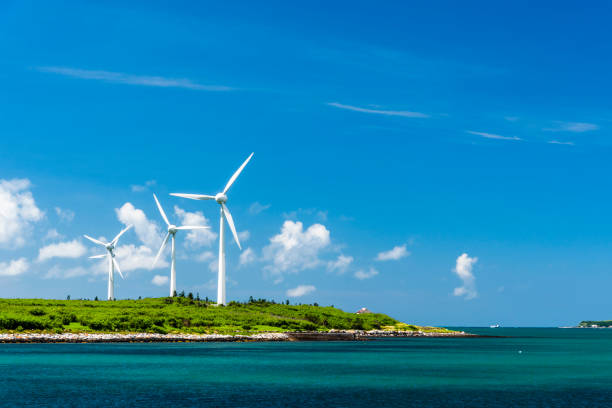Decoding Renewable Energy Growth

Q1. Could you start by giving us a brief overview of your professional background, particularly focusing on your expertise in the industry?
With twenty-five years' worth of leadership experience in international commerce and business development, I have a proven track record for increasing profitability and operational efficiencies for multimillion-dollar enterprises. As a seasoned executive, I understand the need to designate organizational structures and governance for cohesion. My international exposure (Belgium, Denmark, the United Kingdom, Mainland China, and Taiwan) has allowed me to develop an empathetic approach to leadership with cultural sensitivity that fosters a collaborative environment. For the past 8 years, I have dedicated my knowledge and advocacy in the transition of renewable energy.
Q2. How is the expansion of data centres influencing renewable energy investments?
Potentially a positive impact, as data centres can sign PPA (power purchase agreements) directly with developers or wind farm owners.
But renewable energy policy frameworks are not robust enough, and geopolitical turbulence is putting roadblocks in the way of renewables.
Q3. What is the competitive intensity in offshore wind supply chains, especially for key components like turbines, monopiles, cables, and substations?
At some extent, if OEMs want to remain profitable, they have to compromise and moderate their competition in pricing and services. The supply chain depends, anyway, 80% on China. The only competitive advantage might be the technical advancement of competitors’ solutions.
Q4. How is the demand for decentralized and localized supply chain models growing, and what regional shifts are most significant?
Decoupling China and navigating the trade tariffs are the major headaches for supply chain strategies. At the moment, a balanced mix of centralized and decentralized strategies works best for potential risk mitigation in all directions.
Q5. Which segments within offshore wind energy are experiencing the most growth? And what factors are driving the growth?
Growth is predominant in O&M and supporting services. As offshore wind parks are put into operation, regular maintenance and inspections are becoming increasingly important.
Q6. What are the main opportunities and challenges companies face in accurately measuring and reporting Scope 3 emissions?
Transparency in non-listed companies, as they have no obligation to publish their figures, including how to measure emissions using an internationally recognized standard.
Q7. If you were an investor looking at companies within the space, what critical question would you pose to their senior management?
- What are your risk mitigations for non-realized projects?
- How do you manage rising costs and shifts in offshore attention across different nations?
- How is your government affairs policy structured towards renewables-adverse governments?
Comments
No comments yet. Be the first to comment!
